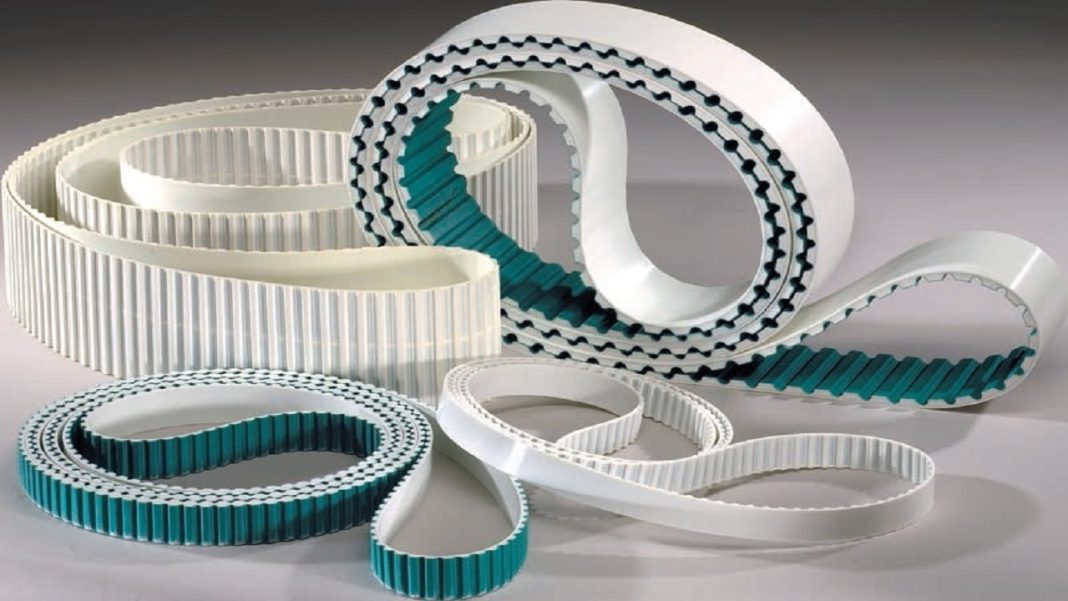PU timing belts have become an important cog in industrial processes, exhibiting high accuracy, endurance, and applicability. These belts are used in industrial applications for necessary coordinated movement in the machinery used in packaging, robotics, automotive, textiles, etc. It is stated that it is hard, durable, and eminent and has been featured as the most preferred type of timing belt for contemporary industries. Delve into the article to understand the basics of PU Timing Belts.
Key Features and Advantages
PU timing belts provide several advantages that make them stand out as a favored belt in the industrial market. They show extremely high wear resistance, which makes these products durable even for applications with high load levels. The fact that their surface is resistant to the effects of oils, acids, and alkalis qualifies them for such conditions. Moreover, PU timing belts are relatively noiseless, which is important in such applications as robotics and medical devices. They allow to reach very accurate positioning and are less likely to cause slipping when transmitting power. Further, these units bear high operating temperatures between – 25 and 80 degrees Celsius. Therefore, they can withstand heat and cold conditions.
Types of PU Timing Belts
As for PU timing belts, they are of different types depending on the application type for which they are designed. The open-ended belts provide specific use for linear drives and when belts can be adjusted in length. Flex belts are available in the endless version, which allows them to be used in constant motion systems where durability is needed. Double-faced belts have teeth on both faces. Hence, the transmission can occur in different directions. Self-tracking belts are made of guidance components for higher accuracy of operations in the belts. Furthermore, belts can be acquired with holes or slits, cams, and profiles to meet certain requirements.
Uses in Various Fields
PU Timing belts are applied in various operations and, hence, considered crucial products in production, transportation, and other industrial uses. In the packaging sector, they facilitate the movements of proper transfers and the precise positioning of materials. In robotics, they offer a precise and quiet motion for the robot’s arms and systems. They are used efficiently in automobile applications, particularly inter-engine and transmission arrangements. The textile industry utilizes these belts to process fabrics and medical equipment, relying on their performance on sensitive equipment. Resilience to diverse work applications is evidence of the belt’s relevance in industrial systems.
Maintenance and Longevity
To increase the overall service life of the PU timing belts, it is good to ensure routine maintenance is done on the belts. Regularly checking for any signs of wear, cracks, or damage is necessary. Ensure the belt is not loose enough to pull it close enough not to slip while not straining it. Cleanliness assists in keeping the contamination away from the belts, which, if uncontrolled, significantly hampers the effectiveness of the conveyor belts. They should not be exposed to early signs of aging or the formation of distortions like cracks that may result from early exposure to light, heat, or moisture. According to the practices mentioned above, businesses can maintain reliable product performance and minimize downtime.
Conclusion
Accompanying the PU timing belts, essential components of industrial technologies, are top-quality and reliable services displayed across numerous applications. For these reasons, they are important in the current generation of equipment. When properly selected and well maintained, these PU timing belts can greatly improve productivity and increase success in any industry.










